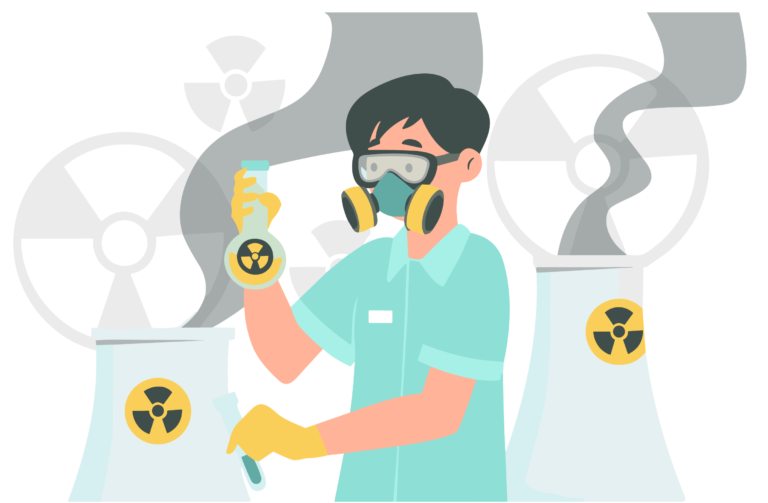
Gas-releasing Substances in the Workplace: Hazards and Safety Measures
Best practices for handling and managing gas-releasing substances in the workplace to ensure employee safety and prevent accidents.
Introduction:
Gas-releasing substances are commonly found in various workplaces, ranging from industrial settings to laboratories. While these substances play a crucial role in many processes, they also pose significant hazards if not handled properly. This article aims to explore the hazards associated with gas-releasing substances in the workplace and provide an overview of safety measures to mitigate these risks.
Hazards of Gas-releasing Substances:
- Toxicity: Some gas-releasing substances, such as ammonia, chlorine, or hydrogen sulfide, can be highly toxic when inhaled or exposed to the skin. Prolonged exposure or high concentrations of these gases can lead to severe health effects, including respiratory issues, organ damage, or even fatalities.
- Flammability: Certain gas-releasing substances, like methane, propane, or acetylene, are highly flammable. In the presence of an ignition source, these gases can ignite and cause fires or explosions, resulting in property damage, injuries, or loss of life.
- Oxygen displacement: Some gases, such as nitrogen or carbon dioxide, can displace oxygen in confined spaces, leading to oxygen-deficient atmospheres. This can cause asphyxiation and pose a significant risk to workers entering these areas without proper precautions.
Safety Measures:
- Risk Assessment: Conduct a thorough risk assessment to identify and evaluate the hazards associated with gas-releasing substances in the workplace. This involves assessing the toxicity, flammability, and oxygen displacement potential of each substance.
- Engineering Controls: Implement engineering controls to minimize exposure to gas-releasing substances. This may include proper ventilation systems, gas detection alarms, and the use of enclosed systems to prevent leaks or releases.
- Personal Protective Equipment (PPE): Provide appropriate PPE to workers based on the identified hazards. This may include respiratory protection, such as gas masks or respirators, as well as protective clothing, gloves, and eye protection.
- Safe Handling and Storage: Establish safe handling and storage procedures for gas-releasing substances. This includes proper labeling, secure storage, and adherence to handling guidelines provided by manufacturers or regulatory agencies.
- Training and Education: Ensure that all employees are trained on the safe handling, storage, and use of gas-releasing substances. This should include awareness of hazards, emergency response procedures, and proper use of PPE.
- Emergency Preparedness: Develop and communicate emergency response plans in the event of a gas-related incident. This should include evacuation procedures, alarm systems, and training on how to respond to leaks, spills, or fires involving gas-releasing substances.
Conclusion:
Gas-releasing substances in the workplace pose significant hazards, including toxicity, flammability, and oxygen displacement risks. However, by implementing appropriate safety measures, such as risk assessments, engineering controls, PPE, and employee training, these hazards can be effectively mitigated. It is crucial for employers to prioritize the safety of their workers and ensure compliance with relevant regulations to prevent incidents and protect the well-being of all personnel in the workplace.

